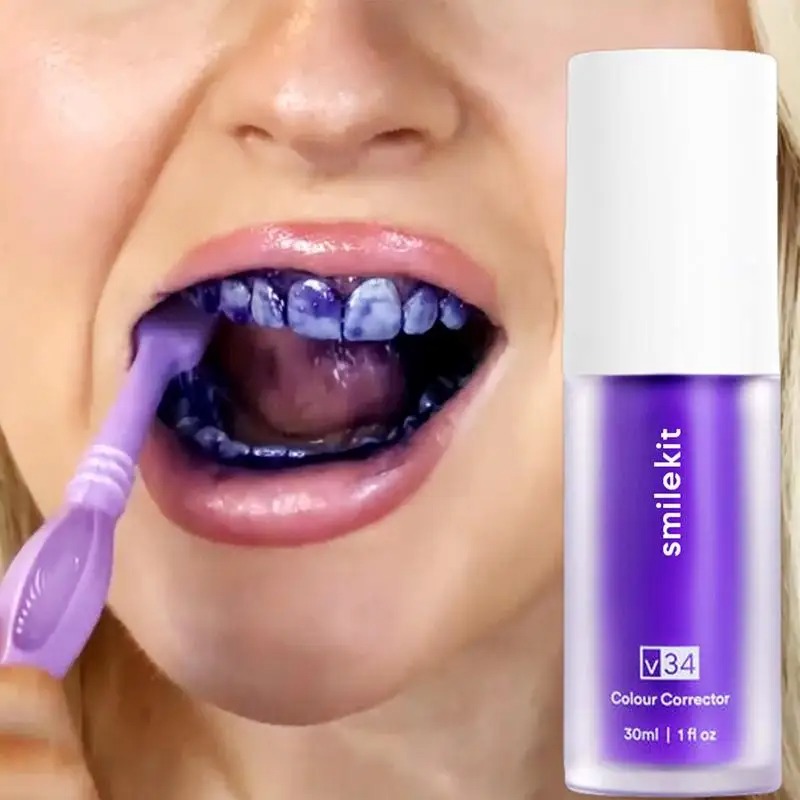Extrinsic Stains On Teeth

The appearance of teeth can significantly impact an individual’s self-confidence and overall oral health. One common issue affecting the aesthetic appeal of teeth is the presence of extrinsic stains. These stains occur on the surface of the teeth, as opposed to intrinsic stains which are embedded within the tooth structure. Understanding the causes, types, and treatments of extrinsic stains is crucial for maintaining a healthy and attractive smile.
Causes of Extrinsic Stains
Extrinsic stains are primarily caused by external factors that come into contact with the teeth. The most common culprits include:
- Dietary Habits: Consumption of foods and beverages that contain chromogens, which are colored compounds that can bind to tooth enamel. Examples include coffee, tea, red wine, berries, and soy sauce.
- Tobacco Use: Smoking and chewing tobacco can lead to significant staining due to the tar and nicotine present in these products.
- Poor Oral Hygiene: Inadequate brushing and flossing can lead to the accumulation of plaque and bacteria on the teeth, contributing to stain formation.
- Environmental Factors: Exposure to fluoride during tooth development can cause staining in some cases, and certain environmental pollutants may also contribute to extrinsic staining.
Types of Extrinsic Stains
Extrinsic stains can be categorized into different types based on their appearance and the substances that cause them:
- Chromogenic Stains: These are the most common type, resulting from the interaction of chromogens with the tooth surface. They can appear as brown, yellow, or gray stains.
- Tobacco Stains: Characterized by a distinct brown or yellow discoloration, often accompanied by a rough texture on the surface of the teeth.
- Metallic Stains: These can occur due to exposure to metals like iron or copper, leading to dark or bluish discolorations.
Prevention and Treatment
Preventing extrinsic stains involves a combination of good oral hygiene practices and lifestyle modifications. Regular brushing with a fluoride toothpaste, daily flossing, and periodic dental cleanings can help remove plaque and prevent stain buildup. Limiting or avoiding stain-causing foods and beverages, as well as quitting tobacco use, can also significantly reduce the risk of extrinsic staining.
For existing extrinsic stains, several treatment options are available:
- Professional Dental Cleaning: A routine dental cleaning can effectively remove superficial stains and plaque, restoring the natural appearance of the teeth.
- Teeth Whitening: Professional teeth whitening treatments or at-home whitening kits can help lighten the teeth and reduce the appearance of stains. However, the effectiveness can vary depending on the type and severity of the stains.
- Dental Veneers or Bonding: In cases where stains are severe or combined with other aesthetic issues, veneers or dental bonding may be recommended to achieve a more uniform and attractive smile.
Advanced Treatment Techniques
Recent advancements in dental technology have introduced new methods for addressing extrinsic stains, including:
- Laser Teeth Whitening: Utilizes a laser to accelerate the whitening process, providing faster and potentially more effective results.
- Advanced Dental Cleanings: Some dental practices offer advanced cleaning techniques, such as ultrasonic cleaning, which can be more effective in removing stubborn stains and plaque.
Maintaining a Stain-Free Smile
While treatments can effectively address existing stains, preventive measures are key to maintaining a healthy, stain-free smile:
- Regular Dental Check-Ups: Regular visits to the dentist can help identify potential issues early, including the beginnings of extrinsic stains.
- Adopting a Balanced Diet: A diet rich in fruits, vegetables, and whole grains, along with limited consumption of stain-causing foods and beverages, can support oral health.
- Oral Hygiene Products: Using toothpaste and mouthwashes that are specifically designed to combat stains and plaque can provide additional protection against extrinsic staining.
Conclusion
Extrinsic stains on teeth are a common issue that can significantly affect an individual’s confidence and overall oral health. By understanding the causes, recognizing the types of stains, and implementing preventive measures, individuals can reduce their risk of developing extrinsic stains. For those already dealing with staining, a variety of treatment options are available, ranging from professional dental cleanings and teeth whitening to more advanced techniques like laser whitening. Maintaining good oral hygiene, adopting healthy lifestyle choices, and staying informed about the latest in dental care can help ensure a radiant, stain-free smile for years to come.
How can I prevent extrinsic stains from forming on my teeth?
+Preventing extrinsic stains involves regular brushing and flossing, limiting consumption of stain-causing foods and beverages, avoiding tobacco products, and maintaining regular dental check-ups for professional cleanings.
Are all extrinsic stains removable with professional dental cleaning?
+While professional dental cleaning can remove many extrinsic stains, the effectiveness depends on the severity and type of stain. Some stubborn stains may require additional treatments like teeth whitening or, in severe cases, veneers or bonding.
Can extrinsic stains be a sign of underlying oral health issues?
+Yes, extrinsic stains can sometimes indicate poor oral hygiene or other oral health issues. Regular dental check-ups are essential for early detection and treatment of any underlying problems that could be contributing to or exacerbated by extrinsic staining.
In the pursuit of a healthier, more confident smile, addressing extrinsic stains is a critical step. By combining preventive measures with the latest in dental technology and treatments, individuals can effectively manage and remove extrinsic stains, ensuring their teeth remain healthy, strong, and visually appealing for years to come.
